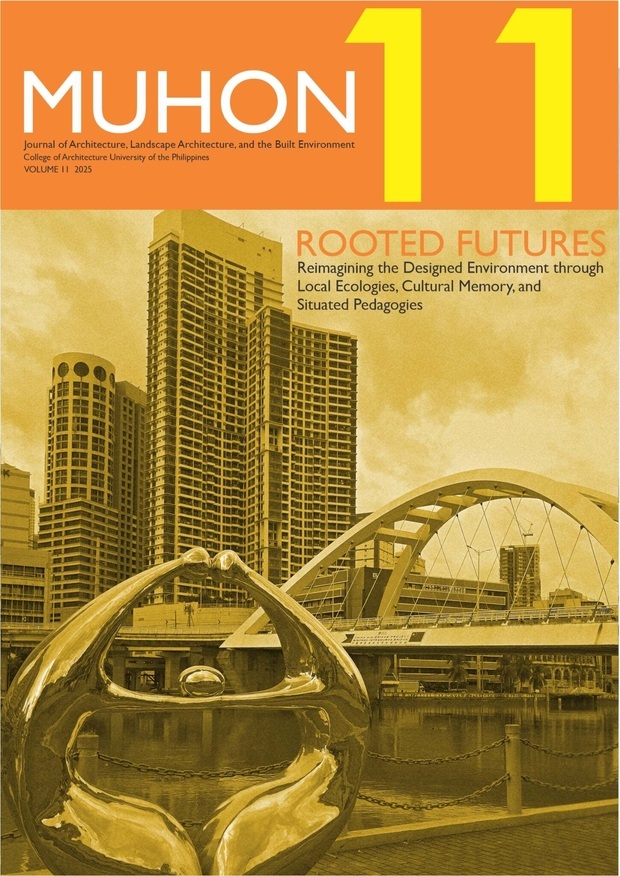The Natural Vegetation of Mt. Makiling Forest Reserve (MFR):
Potential Source of Native Planting Materials for Urban Landscaping
Abstract
The MFR is home to more than 2000 native species of trees and plants with the potential for urban greening activities. To help promote the use of native species in urban landscapes, we used a transect method and established a total of seven 10 m x 10 m sampling plots and documented the vegetation including the existing biophysical conditions to characterize the natural mixture of trees and plants that comprise the various canopy layers at different elevations within the MFR. Cross-sectional representations were also drawn to illustrate the relative locations of large trees and concentrations of understorey vegetation. Results of the analysis on biophysical characteristics revealed an increasing temperature and light intensity with increasing elevation from 160 masl to 351 masl. Different plots have varying topographical characteristics that range from relatively flat to steep with the concentration of understorey vegetation at the lowest portions as confirmed by the drawn cross-sectional representation. We identified a total of 42, 43, and 28 species of trees and plants that comprised the dominant and co-dominant (>10 cm dbh), intermediate (<10 cm dbh), and understorey (wildlings, shrubs, vines) layers, respectively. The dominancy of Swietenia macrophylla in over 85% of sampling plots assessed was illustrated in the drawn cross-sectional representations. Apart from Swietenia macrophylla, Arenga pinnata, and Diplodiscus paniculatus were also identified as the most dominant species at the topmost canopy layer. While the dominance of Celtiz luzonica, and Arenga pinnata at the intermediate canopy layer was recorded. The understorey vegetation was found to be dominated by the species of Strombosia philippinensis and S. macrophylla. Furthermore, examples of native species of trees and palm with the potential for urban landscaping identified include bolon (Alphonsea philippinensis), kaong (Arenga pinnata), tangisang-bayawak (Ficus variegata), kalimatas (Phaeanthus ebracteolatus), balobo (Diplodiscus paniculatus), and Lamog (Planchonia spectabilis).
The copyright for the published work belongs to UPCA and its selected publisher. The contributor is free to publish a modified version of the same article in other publications.
The contributor guarantees that :
- the article does not infringe on the copyright or any proprietary right of any other person
- the article contains no libelous or other unlawful matter
- the article makes no improper invasion of the privacy of any other person.





